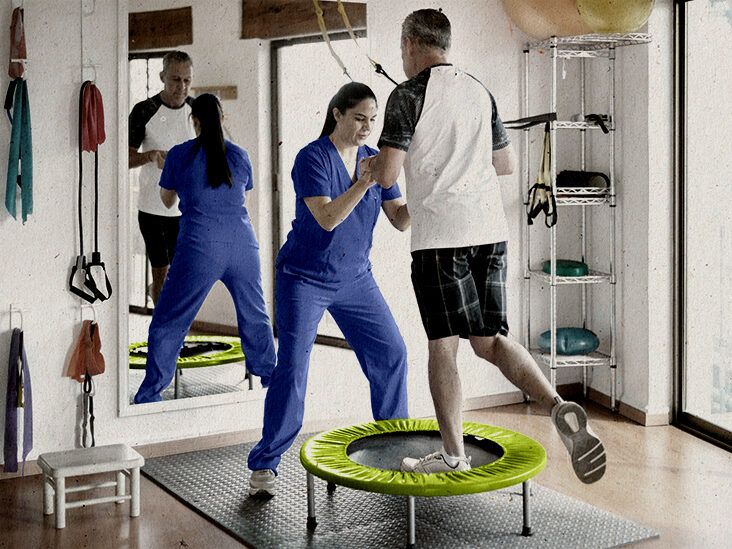Mastering the Science of Human Factors to Improve Well-being and Productivity in Office Settings
Mastering the Science of Human Factors to Improve Well-being and Productivity in Office Settings
Blog Article
Elevating a principle of ergonomics is critical for creating office setups that support comfort and work output. Applied ergonomics is the science of engineering work environments, apparatus, and functions to accommodate the capabilities of team members. By focusing on how individuals interact with their surroundings, businesses can minimize strain and avoid injuries. An ergonomic workspace supports natural movement and minimizes strain, which can result in improved effectiveness and engagement among team members.
One important component of human factors design is the organization of furniture and equipment. Work surfaces should be at a position that allows users to work with their forearms at a 90-degree angle while inputting data. Chairs should provide proper reinforcement for the lower back, supporting neutral positioning. Additionally, screens should be mounted at visual height to minimize neck strain. By ensuring that these elements are properly configured, workers can copyright a neutral position throughout their workflows, decreasing fatigue and improving focus.
Another critical dimension in an optimized workspace is the use of ergonomically-designed technologies and equipment. This includes typing hardware, navigation tools, and other devices designed to limit cumulative trauma disorders. For instance, using an orthopedic typing device can aid in minimize wrist pain caused by repetitive typing. Furthermore, ergonomic seating and height-adjustable workstations enable employees to alternate their position throughout the day, which can relieve physical stress and increase alertness. Investing in quality ergonomic furnishings can result in sustainable work habits and improved productivity rates.
Illumination is also a critical element in occupational planning. Balanced lighting can diminish visual fatigue and enable workers to focus on their tasks. Sunlight is ideal, but if that is not available, using task-specific artificial lighting can assist in maintaining a functional atmosphere. It is important to avoid overhead fluorescent lights that may induce visual discomfort or fatigue. By providing adequate lighting, workspace planners can establish an environment that enhances both comfort and efficiency.
To conclude, advocating for periodic breaks is imperative for maintaining an balanced workspace. Motivating workers to take timed breaks can assist alleviate bodily stress and mental overload. During these breaks, workers should be encouraged to move around or change location to stimulate blood flow. Implementing scheduled break times can facilitate build a workflow that protects health without compromising productivity. In summary, embracing ergonomics in the workplace not only boosts comfort but also cultivates a more useful content engaged work website link culture where professionals can excel.